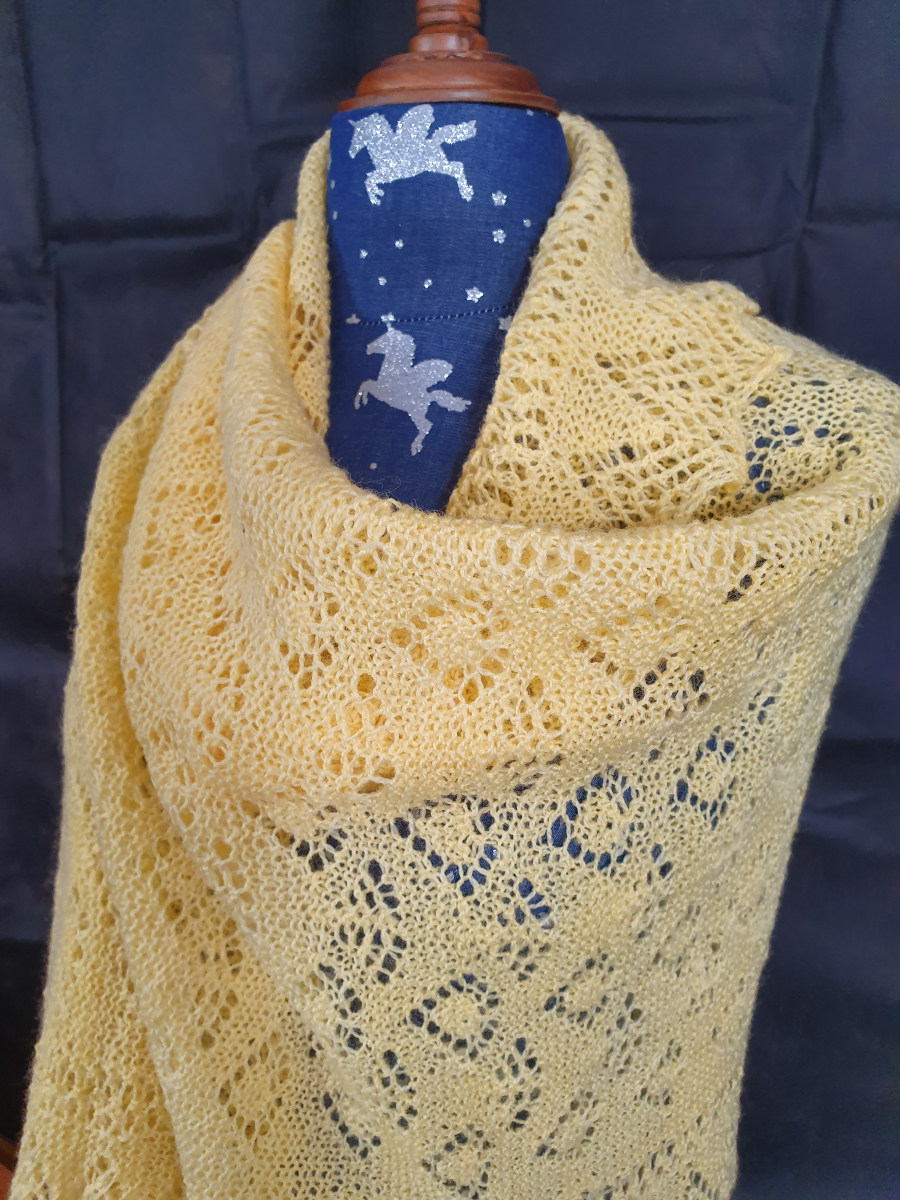SSK (Slip, Slip, Knit)
Quick Links
- Archived - Ask a Knitting Question
- Basic Knitting Stitches
- Beginner Knitting Patterns
- Knitting Abbreviations
- Needle Sizes Chart
- Tension Squares
- Yarn Comparison Chart
FYI: This site receives a small amount in commissions from affiliate links and third-party advertising.
SSK means slip, slip, knit and on this page you will find a description and step by step instructions on how to do this type of decrease. I didn't actually learn this decreasing stitch until quite late in my knitting career. I really only looked into it because I was unhappy with the way the left sloping decrease that I was using looked on the fabric and I was prompted by a pinterest pin that popped up on one of my feeds.
Until then I had used the sl. 1, k.1, psso method of decreasing (or k2tog tbl if I was in a hurry) when I wanted a left sloping decrease, but it was never as tidy as the right sloping decreases done by knitting two stitches together. And I like the opposite sides of a knitted piece (like a sleeve) to look symmetrical when ever possible.
© Knitting Naturally & KnitBits | Lace Matinee Jacket using SSK's
Sometimes it does not matter, like when you are knitting a jumper in a textured pattern so that the decreases for the armhole shaping is less obvious but at other times, like when you are knitting in stocking stitch or if you are working a lace pattern which features both left and right sloping decreases close together it really does matter - to me at least...
When you use either of the other decrease techniques (sl. 1, k.1, psso method of decreasing or k2tog tbl) you tend to get a nice slope on the stitch worked on the right side of the work, but the stitch above it on the wrong side row is straight up and down which gives you a bit of a zig-zag effect.
Nothing wrong with that of course, you are free to use whichever decrease method you prefer, but the k2tog method produces a nice sloped line of stitches without the same zig-zag affect, so when you have the right and left sloping decreases coming together like they do in the matinee jacket above, the difference in the look of the two slopes becomes glaringly obvious.
Step by Step: How to do an SSK Decrease...
Slip the next stitch knit-wise (i.e. insert the tip of the right hand needle into the stitch going from front to back as if you were going to knit it and slip it onto the left hand needle.
Repeat the process with the next stitch so that you have two stitches slipped knit-wise from the left hand needle onto the right hand needle.
(This changes the direction of the stitches on the needle and turns them so that they are facing the right way for the final step of this type of decrease.)
The final step can be done in either of two ways:
- Insert the left hand needle into the front of the loops of both slipped stitches on the right hand needle and knit them together, or
- Slip both of the slipped stitches back onto the left hand needle (without changing the stitch direction) and knit them together as you normally would.
Couldn't Find What You Were Looking for?
Try searching the site using the search box below:


Recent Articles
-
Shetland Knitting and Shetland Knitters
Feb 07, 21 07:44 AM
Shetland knitting and the women in the Shetland Isle who create Shetland lace are among the best knitters in the world. -
Fixing Knitting Mistakes
Jan 28, 21 02:35 AM
When you are learning how to knit, you are going to make a few mistakes. It might not make you happy but fixing knitting mistakes is par for the course. -
Shetland Lace Knitting
Dec 11, 19 07:03 PM
Shetland Lace Knitting is a particular style of knitting that developed in the Shetland Islands and was one of the main exports of the Island early in the last century.
 >
>





